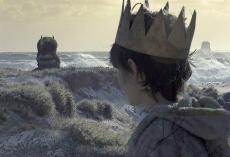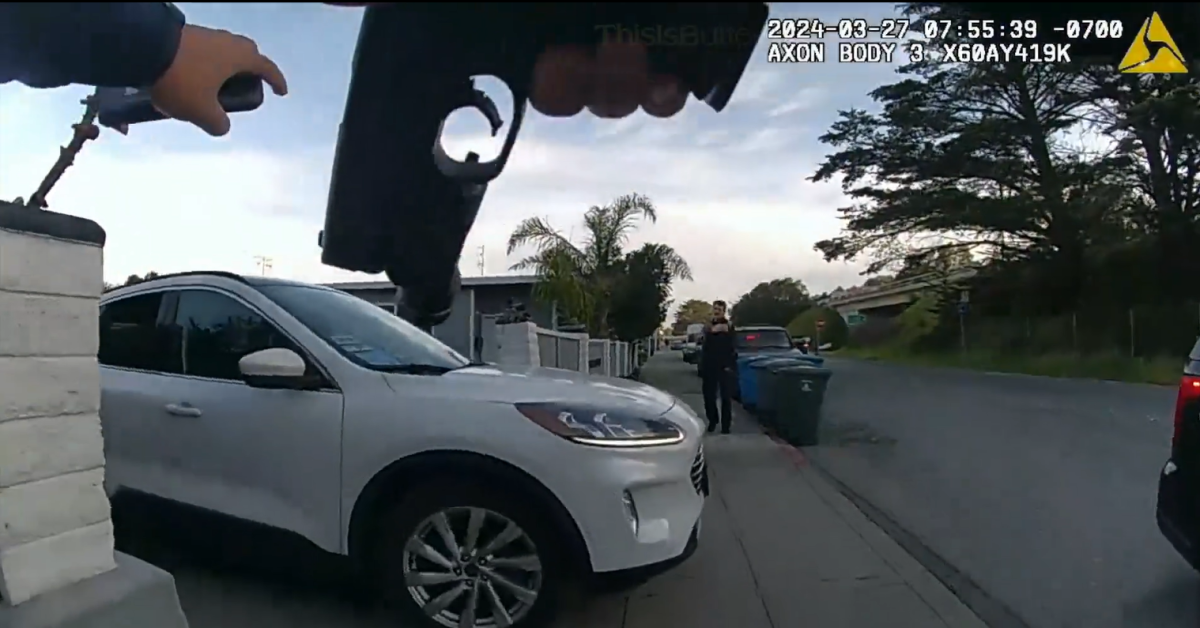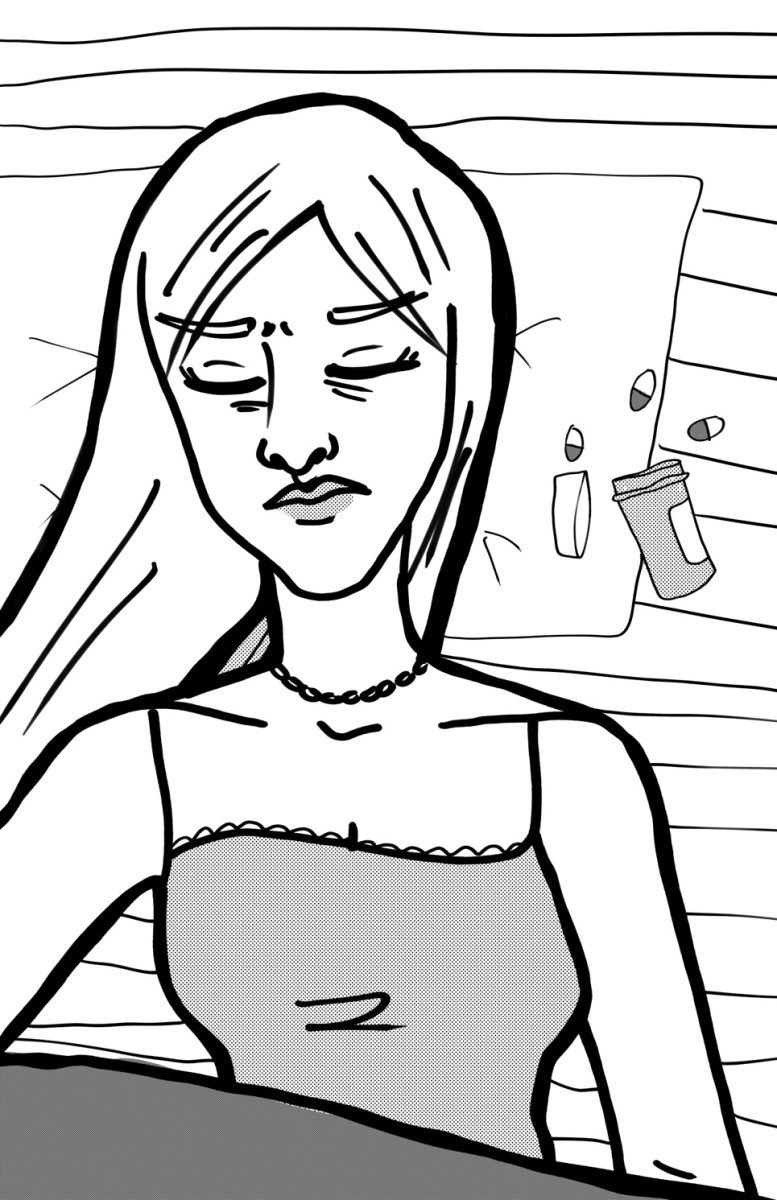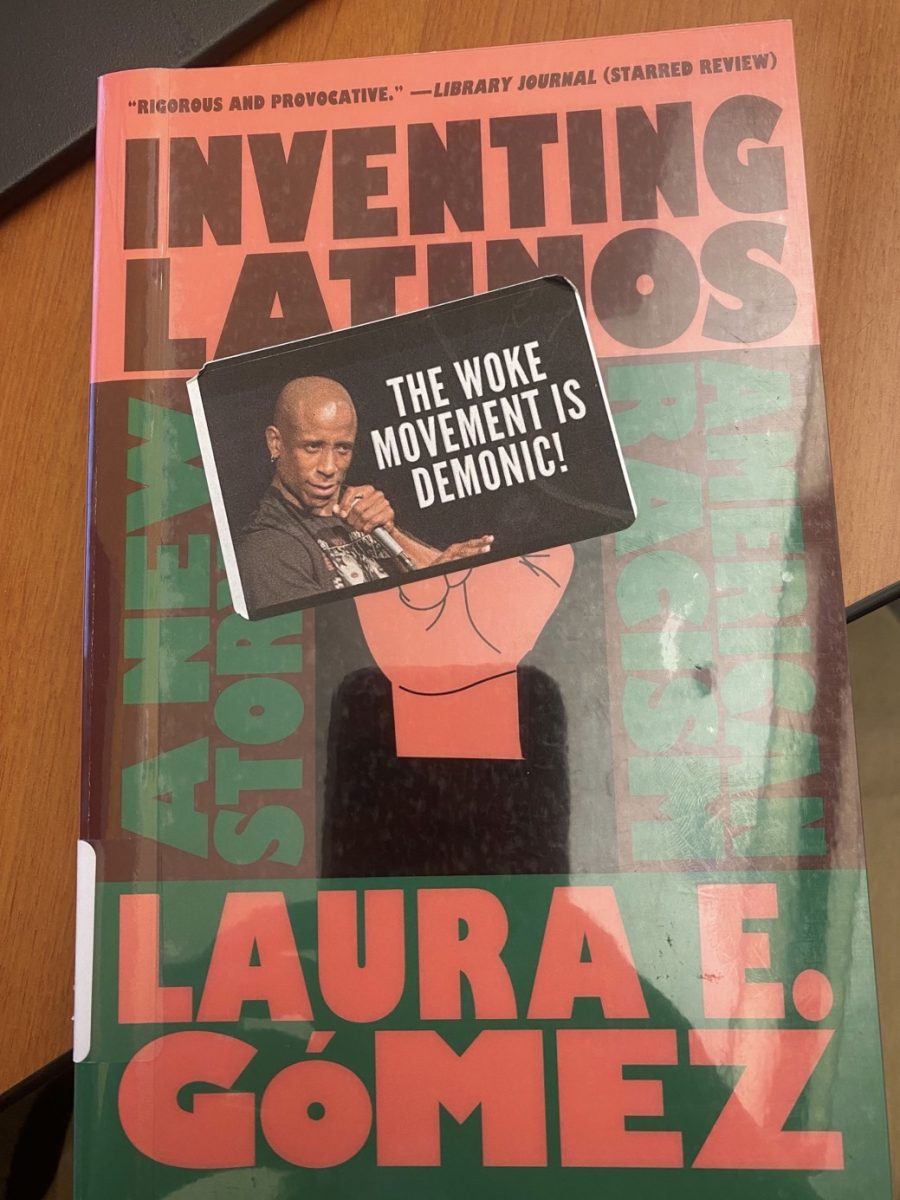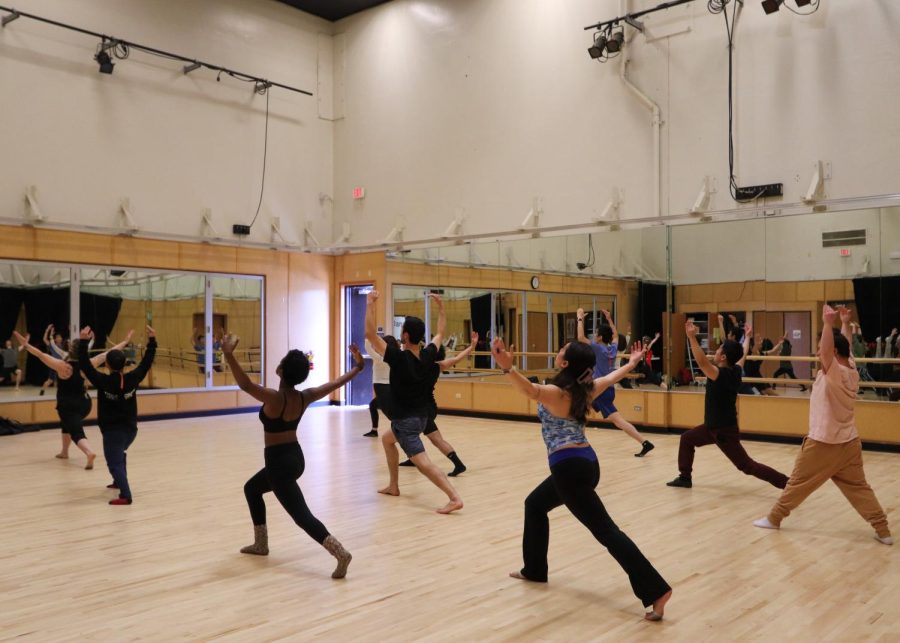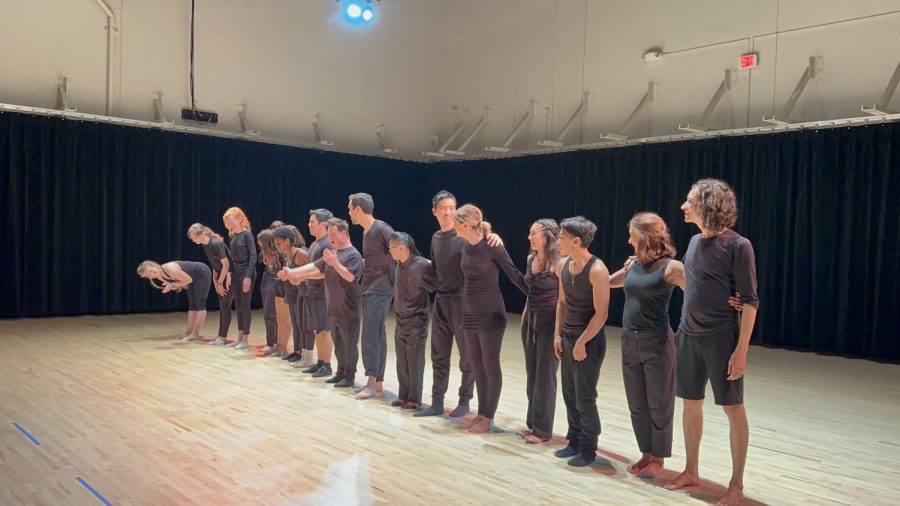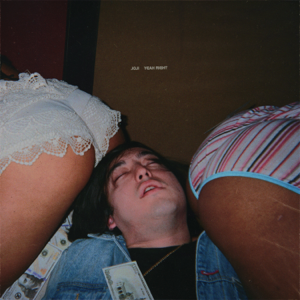Parents beware, do not send your children to see this movie.
Director Spike Jonze definitely appealed to his normal target audience. Jonze has a history of picking somewhat “out-there” films and is definitely an obtuse director/producer. Some of Jonze’s past projects include “Jackass: The Movie,” “Lost in Translation,” “The Virgin Suicides,” and “Tenacious D: The Complete Masterworks.”
However, audience members of “Where the Wild Things Are” are left to wonder if Jonze forgot that “Where the Wild Things” was originally based off of a widely loved children’s book, and thus, should be targeted towards a largely childlike audience.
Although one would want to hope that children would glaze over the plethora of dark underlying subliminal messages in this movie, I would still hesitate to subject children to watch this very adult film.
First of all, according to the movie, Max is from an entirely dysfunctional family. Not just any dysfunctional family, but one where Max’s only older sister, and only peer influence in the movie, allows her friends to bully him until he cries.
Next, Max’s mother selectively chooses when to love him as a mother figure and when to lay down the iron fist of the land as a father figure.
Did Jonze really need to include how inconsistent Max’s family structure is in the movie? This facet of Max’s family structure would probably elude children and only further explain Max’s sporadic anger/clam phases in the movie.
In addition, Max’s mother is also a widow with an estranged boyfriend in the movie. She occasionally drinks wine and denies sexual advances to this same said boyfriend in the living room while Max spies on the two from the kitchen.
I am sure all teens and adults have seen something that they were not supposed to see in childhood like Max does in this scene, which is why I further think that “Where the Wile Things Are” is meant for an adult audience.
Seeing the scene where Max’s mom’s boyfriend has his hand on the mother’s leg while awkwardly trying to make out with her while she pushes him away, the older audience members know what the boyfriend is trying to do while little children are unknowingly absorbing the scene in its entirety.
Next, there is the problem of Max running away after a spat with his mother about hating frozen corn. Max chooses to sail off in a small boat for at least a week without food or water on a whim because his mother stops looking for him.
When on the island, Max befriends several enormous beasts, who all try to devour the na’ve ten-year-old when he first reveals himself to them. Max then lies about having supernatural powers in order to become the “Things'” king and befriends the even more na’ve monsters as their superior.
By allowing children to see this movie, adult figures are encouraging children to talk back to parents, to say nothing when bigger children bully them, to run away when they get upset, to forget to eat food and drink, and to trust strangers – who could possibly eat them – on first appearances.
Children learn all of this because, in the end of the movie, Max returns to his house, wholly unharmed, to a loving mother and a huge piece of chocolate fudge cake.
Although children will probably enjoy the lack of plot, the “Things'” understanding of the owls, Terry and Bob, and KW regurgitating Max, those were the only lighthearted parts in the movie.
Overall, if you are thinking of seeing “Where the Wild Things Are,” see it with your date, not your little brother.



